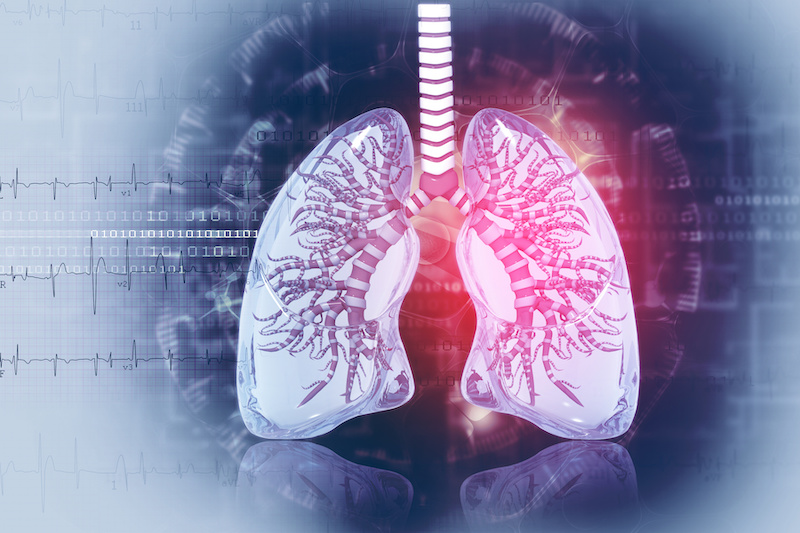
New Brunswick, N.J., November 1, 2022 — According to the American Cancer Society, lung cancer is the second most common cancer (not counting skin cancer). While the number of new lung cancer cases continues to decrease, partly because people are quitting smoking, outcomes vary among people of different races and ethnicities, including people within the Hispanic community. Joanna Sesti, MD, thoracic surgeon at RWJBarnabas Health who sees patients at Cooperman Barnabas Medical Center and Clara Maass Medical Center, shares what this Hispanic community should know about lung cancer. RWJBarnabas Health together with Rutgers Cancer Institute of New Jersey, is the state’s leading cancer program and only National Cancer Institute-Designated Comprehensive Cancer Center, who sees patients at Cooperman Barnabas Medical Center, an RWJBarnabas Health facility, shares what this Hispanic community should know about lung cancer.
How does Lung Cancer Impact the Hispanic Community?
According to the 2021-2023 edition of the American Cancer Society’s Cancer Facts and Figures for Hispanic/Latino People, about 6,000 Hispanic men and 5,800 Hispanic women are expected to be diagnosed with cancer of the lung and 3,200 Hispanic men and 2,300 Hispanic women are expected to die from the disease this year. Lung cancer incidence and mortality rates among Hispanic men and women are about half those of non-Hispanic whites. This is because of lower cigarette smoking prevalence and because those who do smoke, smoke fewer cigarettes.
What do you think Hispanic people need to know about lung cancer?
Know that smoking is a major risk factor for lung cancer, although not everyone who develops lung cancer has a history of smoking. Cancer, heart disease, stroke and diabetes are among the top five causes of death for Latinos, and all of them are linked to smoking. Avoiding tobacco products and quitting smoking are steps that can be taken to lower the risk for developing lung cancer.
Know the early warning signs. These might include:
- A new cough that doesn’t go away
- Coughing up blood, even a small amount
- Shortness of breath
- Chest pain
- Hoarseness
- Losing weight without trying
- Bone pain
- Headache
What should Hispanic people keep in mind regarding lung cancer screening?
It is recommended that people with high risk (adults aged 50 to 80 years who have a 20 pack-year smoking history and currently smoke or have quit within the past 15 years) receive a low-dose CT scanning annually. Preventative screening tests can lead to early detection of cancers, some of which, if discovered early, can be successfully treated. Successful treatment of these early stage lung cancers dramatically improves survival. Resources available through Rutgers Cancer Institute and ScreenNJ describe risk factors and other information that can be useful in speaking to a health care provider about a screening schedule.
For more information, visit rwjbh.org/beatcancer
###
For journalists – contact:
Krista Didzbalis
Media Relations Assistant
732-507-8307
krista.didzbalis@rutgers.edu
For patient appointments/inquiries – contact:
844-CANCERNJ (844-226-2376)

